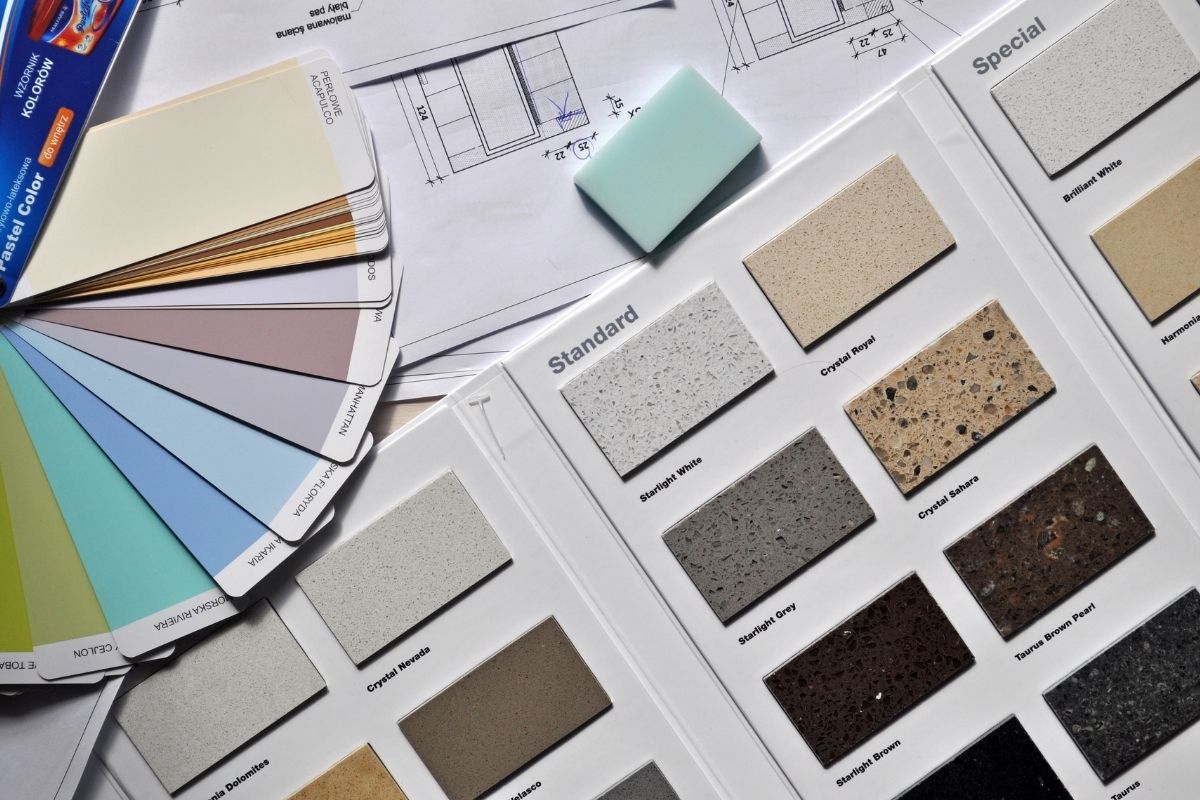Understanding the End User in Product Design
One thing that’s tricky for designers is that we often think of ourselves as typical users. We use an iPhone or a toothbrush or a vacuum cleaner, so we think we’re typical users.
We’re not.
In order to understand users, you have to use methods that help you gain access to their experience and ideas. Those are methods like interviewing and ethnographic research.
Reality vs. Assumption in Product Design
It’s really interesting to see the difference between what people say and what they do. I always joke with students that if you ask somebody how many times a day they go to the bathroom, they might say four.
If you actually sit there during the day and count up the number of times they go to the bathroom, you may find that they go many more times or many fewer times than they thought.
We are not always great witnesses to our own behavior, habits and patterns.
Ethnographic Research in Product Development
Ethnographic research is so important on many, many levels. It’s important not only for the conversations, where you can start to understand how people think about a certain product or how they use it but also for the keen observation of what people really do.
You need to be there patiently observing the ways in which people use things because how they use things and how they talk about using things are two very, very different things.
If you just accept people at their word, you often miss out on the fact that they don’t always have a good idea of what they’re doing when they use something.
For instance, you may ask people, “How do you sit when you’re working at the computer?” They’ll show you, and they’ll sit upright to type, and they’ll say, “This is how I sit.”
But if you watch them during the day, you’ll notice they lean over, and they’re hunched over all day long. Their posture is terrible.
An important part of product design education is teaching you that what people do and what people say they do are two radically different things.
Ethnographic research is important in product development, not only for the conversations that you’ll have with people about their experiences but your observations.
You can’t take people at their word, not because they’re lying, but because all of us make generalizations about our behavior that are often not based on fact. Patient observation is vital to discover what’s really happening.
Video Research in Product Design
Online product design education and any product development classes will drive home to you that ethnographic videography is an important part of product design. Video can help in situations where it’s otherwise hard to observe and take detailed notes about what you see.
Being able to take a video of someone in the act of doing something preserves what happens so you can analyze it later. It also allows you to slow down and speed up. You can rewind, play it in slow-motion or speed past things.
The ability to play something back multiple times at various speeds can reveal things you might otherwise miss.
Observation, conversation and video are tools that will help you to understand the user much more effectively than pretending that you, as the designer, are the typical user. Generalizing your own experience almost never works to provide real user information.


